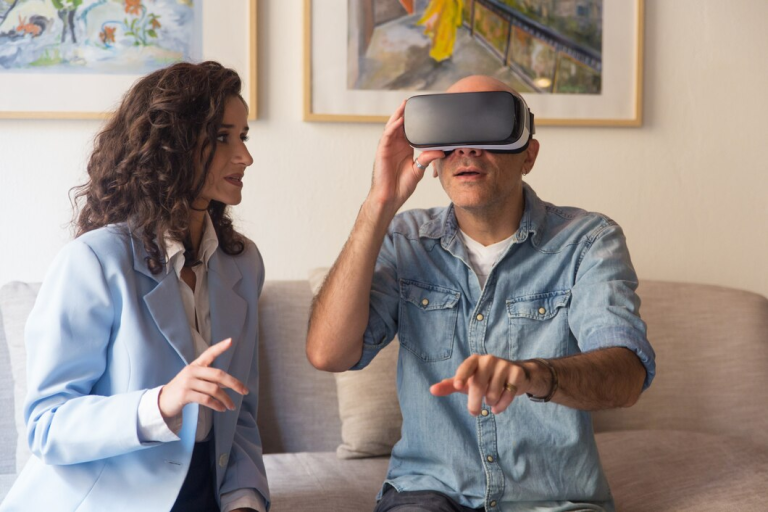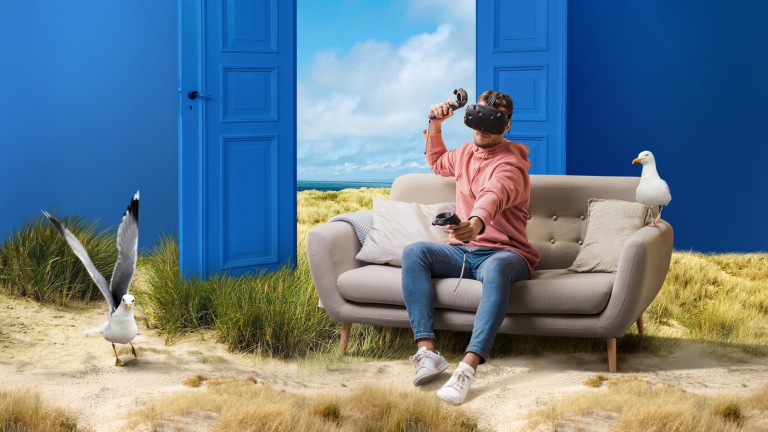Virtual Reality (VR) is not just a tool for immersive experiences; it’s a game-changer for sustainable design and manufacturing practices. By replacing traditional physical prototypes with virtual models, industries can significantly reduce their environmental footprint. From conserving resources to minimizing waste, VR offers a greener approach to innovation and product development.
Let’s explore the key environmental benefits of VR and how it’s transforming industries committed to sustainability.
Resource Conservation
Physical prototypes often require large amounts of raw materials, including plastics, metals, and other finite resources. By using VR, designers and engineers can create virtual prototypes that eliminate the need for these materials.
Key Advantages:
- Reduced Material Usage: Avoid the waste associated with multiple iterations of physical prototypes.
- Energy Savings: Skip the energy-intensive processes of manufacturing and transporting prototypes.
- Preservation of Raw Materials: Extend the lifespan of finite resources by using virtual alternatives.
Pro Tip: VR simulations allow for real-time testing and modifications, reducing the need for repeated physical trials.
Waste Reduction
Traditional prototyping often leads to discarded materials as designs evolve. VR eliminates this waste by enabling digital iterations.
Benefits:
- Zero Waste: Virtual prototypes don’t generate physical waste, making the process entirely eco-friendly.
- Streamlined Processes: Instant changes in VR reduce the need for creating and discarding physical models.
- End-of-Life Management: Fewer physical prototypes mean less waste sent to landfills or recycling facilities.
Did You Know? The EPA estimates that industrial waste contributes significantly to landfills. VR can help curb this trend.
Emission Reduction
Manufacturing physical prototypes often involves energy-intensive processes that produce greenhouse gas emissions. By adopting VR, companies can drastically cut these emissions.
How VR Reduces Emissions:
- Fewer Transportation Needs: Digital models can be shared globally without shipping physical prototypes.
- Lower Manufacturing Footprint: Skip energy-heavy production methods for prototype creation.
- Remote Collaboration: Use VR to host design reviews and testing sessions, reducing the need for travel.
Pro Tip: Integrate VR with cloud-based platforms to enhance remote collaboration and further reduce carbon footprints.
Improved Efficiency and Precision
VR enables designers to detect and address potential flaws early in the development process. This precision reduces the need for multiple iterations, saving both time and resources.
Efficiency Benefits:
- Early Error Detection: Virtual prototypes allow for thorough testing, reducing costly and wasteful mistakes.
- Accelerated Timelines: Shorter development cycles mean fewer resources consumed overall.
- Custom Simulations: Tailor models to test specific scenarios without building multiple physical versions.
Case Study: Automakers using VR for crash simulations have reported up to a 40% reduction in the need for physical testing, according to Automotive World.
Promoting Circular Economy Practices
By minimizing material usage and waste, VR supports circular economy principles, where resources are reused and recycled rather than discarded.
Circular Benefits:
- Virtual Reusability: Digital models can be refined and reused across projects.
- Integration with Sustainable Goals: Aligns with corporate strategies aimed at reducing environmental impact.
- Long-Term Savings: Lower costs for materials and waste management over time.
Pro Tip: Use VR to model end-of-life scenarios for products, ensuring they align with circular economy principles.
Final Thoughts
Virtual reality is more than a technological advancement; it’s a powerful tool for building a sustainable future. By reducing reliance on physical prototypes, VR helps conserve resources, minimize waste, and cut emissions. For industries looking to innovate responsibly, adopting VR is a step toward achieving environmental goals without compromising on creativity or functionality.
Ready to embrace the green potential of VR? Integrate virtual prototypes into your workflow and experience the environmental and economic benefits firsthand.






